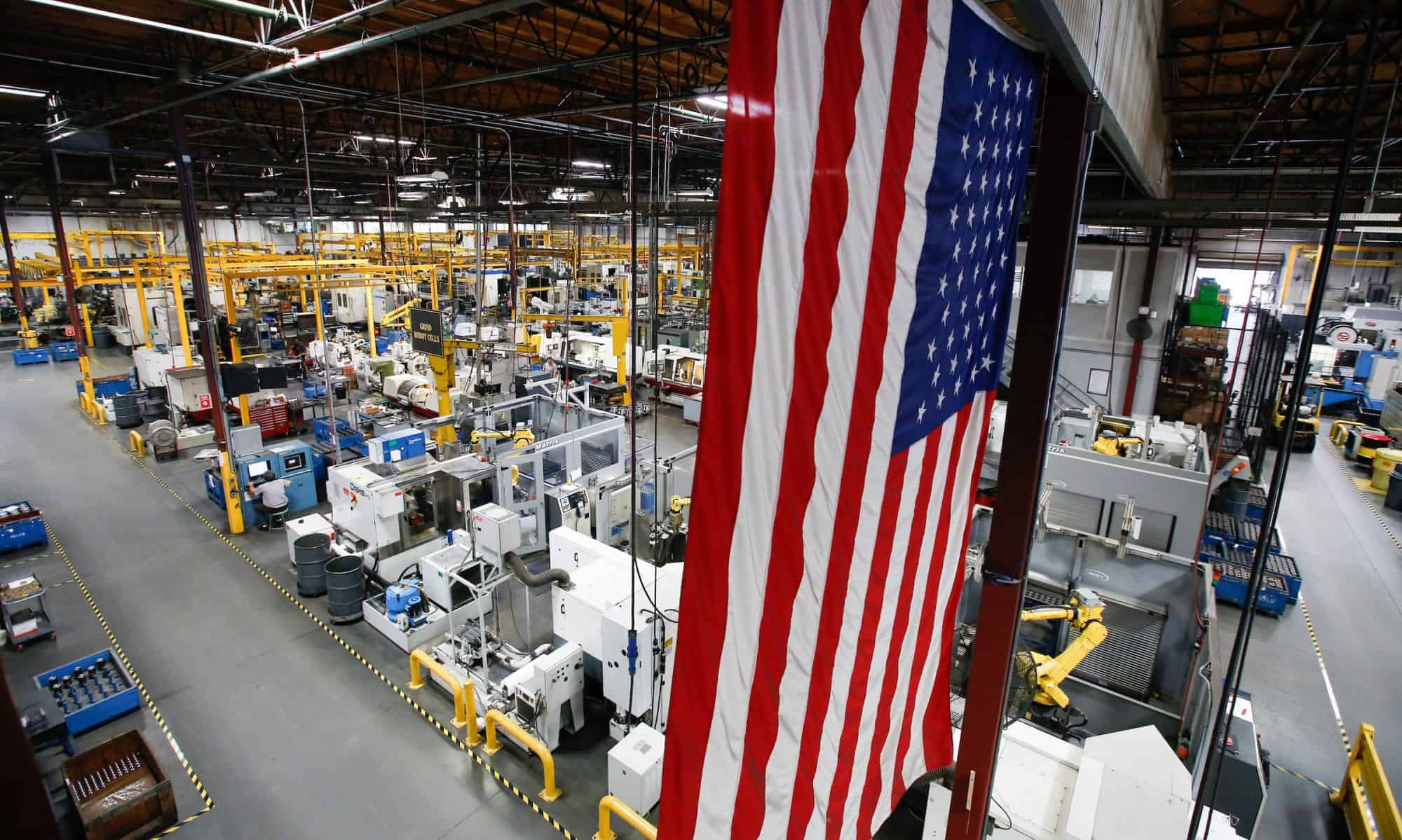Industrial Pulse: Why Manufacturing's Future Hangs in the Balance

In the face of mounting challenges, America's manufacturing sector is navigating a complex global landscape. Jay Timmons, President and CEO of the National Association of Manufacturers, has raised urgent concerns about the critical pressures confronting U.S. manufacturers today.
The industry is grappling with a perfect storm of challenges: fierce international competition, economic uncertainties, and strategic trade obstacles posed by rival nations. Compounding these issues are expiring tax reforms and a critical lack of comprehensive permitting reforms that could potentially hamper the sector's growth and competitiveness.
Timmons' statement underscores the pressing need for strategic policy interventions to support American manufacturing, ensuring the sector remains resilient and innovative in an increasingly complex global marketplace. The call to action highlights the importance of proactive measures to protect and strengthen the backbone of the U.S. industrial economy.

